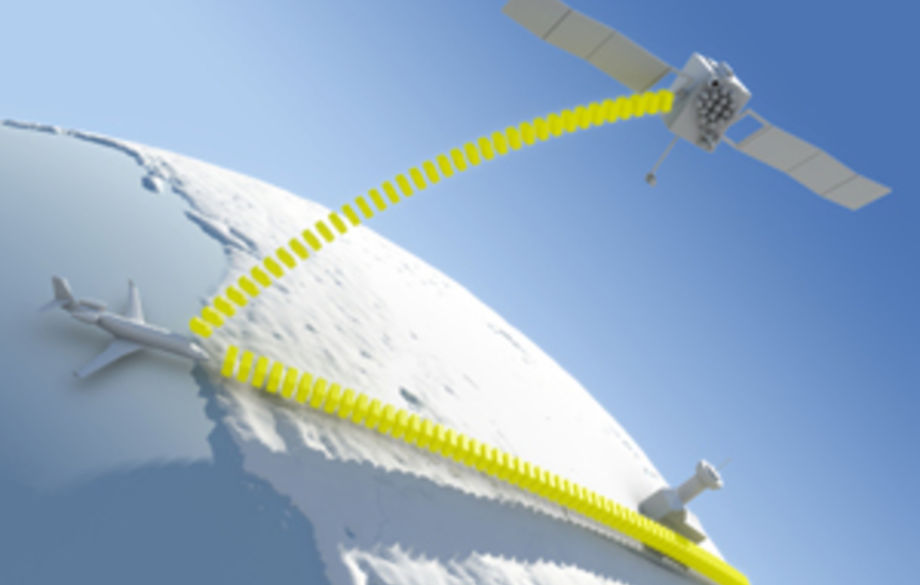ACE recognised for the second consecutive year as best 'Commercial Passenger Charter Operator'


17/12/15 In a continuous quest of improving the quality of services offered to its customers.
ASL is one of the first commercial operators in Europe to receive approval from the authorities. The approval was delivered by the Belgian Aviation Authority in September 2015.
In a continuous quest of improving the quality of services offered to its customers, ASL has recently received certification from the Belgian Aviation Authorities, on behalf of the European Aviation Safety Agency (EASA) to perform LPV/RNP (or GPS) approaches.
This is a very important milestone in the development of the company's operation as LPV approaches will improve safety as well as airport accessibility, by reducing the amount of flight cancellations or diversions due to low visibility at the intended destination.
Nowadays, 95% of commercial flights performed by ASL and by most other (business) aviation operators are performed under "Instrument Flight Rules" or IFR, meaning that the pilots use aircraft navigation instruments to carry out the flight from its departure airport to its destination. To do so, the aircraft on-board systems use a worldwide network of radio-navigation aids (radio beacons on the ground emitting on a specific frequency, which can be intercepted by the aircraft equipment but is limited in range) as well as GPS determined routes and waypoints. All these systems combined provide operators with a worldwide network of airways and routes connected to each other. But when it comes to the approach and landing, up until recently, aircraft had to rely either on visual references on the ground to perform "visual approaches" (thereby requiring good weather conditions to be carried out safely), or use ground based equipment on the airport itself to perform an instrument approach down to a certain altitude where the pilots would have to look for the runway and land. These instrument approaches were divided into two distinctive categories: precision and non-precision approach systems.
Precision approaches provide both lateral and vertical guidance to the pilots down to a minimum altitude called the "decision altitude". The most famous precision approach system is called ILS (Instrument Landing System). In certain cases (mainly on major international airports), these systems are so precise that pilots are able to land with no visibility at all (it does however require specific systems both on the ground and on board the aircraft as well as special training for the pilots).
Non-precision approaches only provide lateral guidance to the pilots, who have to apply a specific descent technique down to a certain altitude and distance from the runway and then land visually (some of these approaches are known as VOR, VOR-DME, localizer or NDB ). The minimum weather conditions required for a non-precision approach are generally well above the minimums required for a precision approach.
In both cases, when reaching the "decision altitude", pilots have to look outside and establish a visual contact with the runway or with the runway lighting system to then land the aircraft.
The main issue when it comes to business aviation is that a lot of airports are not equipped with precision (and sometimes even with non-precision) approach systems, mainly due to the high cost related to their installation, operation and maintenance. However, these airports are often closer to the final destination of business aviation users and are therefore very attractive to operators such as ASL. The new GPS-type approach systems definitely represent a great long-term solution for these airports as they don't require any special installation on the ground.
Localizer Performance with Vertical guidance (LPV) are the highest precision GPS aviation instrument approach procedures currently available without specialized aircrew training requirements. Landing minima are usually similar to those of an instrument landing system (ILS), that is, a decision height of 200 feet and a visibility of 550m. They offer an opportunity for airports to gain Instrument Landing System (ILS)-like approach capability without the purchase or installation of any ground-based navigation equipment at the airport.
The advantages of LPV approaches also include:
For all inquiries or requests: visit our quote request page.